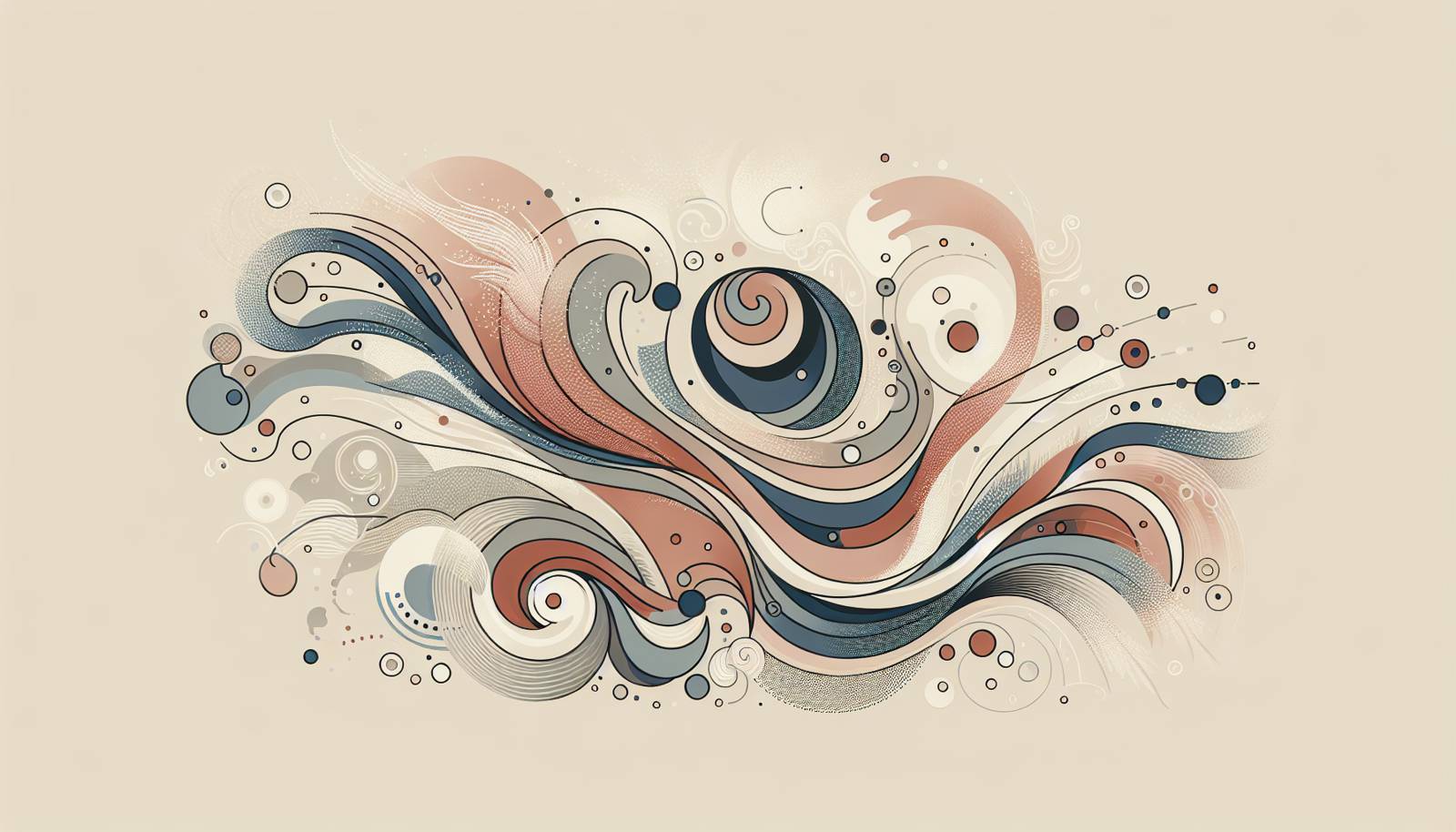
FAQ About The Role of Graphic Design in Political Movements

What is the impact of graphic design on political movements?
Graphic design has a significant impact on political movements by shaping messages and ideas into visual formats that are easily digestible and shareable among the public. It influences perception and engagement through posters, logos, and digital media, making the movement's goals and identity more accessible.

How does graphic design contribute to propaganda?
Graphic design is a powerful tool in propaganda as it uses visual elements to convey specific political messages and ideologies. Through the strategic use of color, imagery, and typography, it seeks to influence public opinion and behavior subtly and effectively.

What role do posters play in political movements?
Posters are a traditional tool used in political movements to disseminate key messages, rally support, and inspire action. They serve as a medium for mass communication, often featuring memorable slogans and striking imagery that capture attention and spread awareness.

In what ways have digital media changed the role of graphic design in politics?
Digital media has revolutionized graphic design in politics by enabling rapid dissemination of content through social platforms. Campaigns can reach a global audience quickly, allowing for real-time engagement and feedback, thereby amplifying their impact significantly compared to traditional media.

How do political logos influence public perception?
Political logos act as a visual representative of a movement or party, encapsulating its mission and values. Well-designed logos can foster recognition, loyalty, and trust among the public, making them a vital component in branding political movements.

Can graphic design create a sense of identity within political movements?
Yes, graphic design can create a strong sense of identity within political movements through cohesive visual elements such as colors, fonts, and imagery aligned with the movement's ethos. This unified visual presence helps in fostering solidarity and a shared identity among supporters.

What are some historical examples of graphic design in political movements?
Historical examples include the use of propaganda posters during World Wars, the iconic "Hope" poster from Barack Obama's 2008 presidential campaign, and the suffragette movement's visual materials that played a key role in spreading feminist messages and encouraging activism.

How important is typography in political graphic design?
Typography is crucial in political graphic design as it affects readability, emphasis, and the overall tone of the communication. The style and size of fonts can convey seriousness, urgency, or optimism, greatly influencing how messages are received by the audience.

Why are colors an important element in political graphic design?
Colors are a fundamental element in political graphic design because they evoke emotions and symbolize ideologies. Colors like red can denote power and urgency, while blue may convey trust and stability, making them strategic choices for conveying political messages.

What role does graphic design play in rallies and protests?
In rallies and protests, graphic design plays a role in creating impactful banners, signs, and merchandise that communicate messages clearly and effectively. These visuals help unify participants and amplify the movement's visibility in media coverage.

How does graphic design facilitate visual storytelling in politics?
Graphic design facilitates visual storytelling by combining text, imagery, and layout to narrate the political movement's story compellingly. This method helps convey complex ideas succinctly, making information more approachable and memorable for the audience.

What ethical considerations should graphic designers keep in mind in political contexts?
Ethical considerations include ensuring honesty and transparency, avoiding misleading visuals, respecting cultural sensitivities, and acknowledging the power design has in shaping opinions. Designers should strive to create responsible and truthful political communications.

How has social media influenced graphic design strategies in political campaigns?
Social media has dramatically influenced graphic design strategies by requiring more dynamic and engaging content tailored for quick consumption. Visuals need to be adaptable for various platforms and designed to capture attention in fast-scrolling environments.

What challenges do graphic designers face when working on political campaigns?
Challenges include balancing creativity with strategic messaging, navigating political sensitivities, and the fast-paced nature of campaigns that require quick adaptations to feedback and news events. Designers must also consider the diverse demographics of the audience.

How have digital tools advanced graphic design in political contexts?
Digital tools have transformed graphic design by allowing for more sophisticated designs with ease and precision. Software like Adobe Creative Suite enables designers to create scalable designs quickly, facilitating experimentation with different styles and ideas rapidly.

How can graphic design counteract misinformation in political movements?
Graphic design can combat misinformation by producing clear, factual, and trustworthy visuals that educate and inform the public. By prioritizing accuracy and transparency, designers can help counteract false narratives and build informed communities.

What are some common misconceptions about graphic design in politics?
A common misconception is that graphic design is merely about aesthetics when it actually plays a strategic role in shaping perceptions and driving engagement. Another misconception is that digital designs are only for younger audiences, overlooking cross-generational impacts.

How do cultural factors influence political graphic design?
Cultural factors significantly influence political graphic design as symbols, colors, and messages must be contextually relevant and respectful. Understanding cultural nuances ensures designs resonate emotionally and avoid inadvertently offending or alienating potential supporters.

How has the role of graphic designers evolved in political spheres?
The role of graphic designers in political spheres has evolved from creating static, traditional media to developing interactive, digital content. With technology advancements, designers now have a wider platform range and more impactful tools to innovate and engage with diverse audiences.

What future trends could impact graphic design in politics?
Future trends include the increasing influence of artificial intelligence in automating design tasks, the broader use of immersive realities like AR/VR to create more engaging campaign experiences, and the growing importance of sustainable design practices in political communications.
